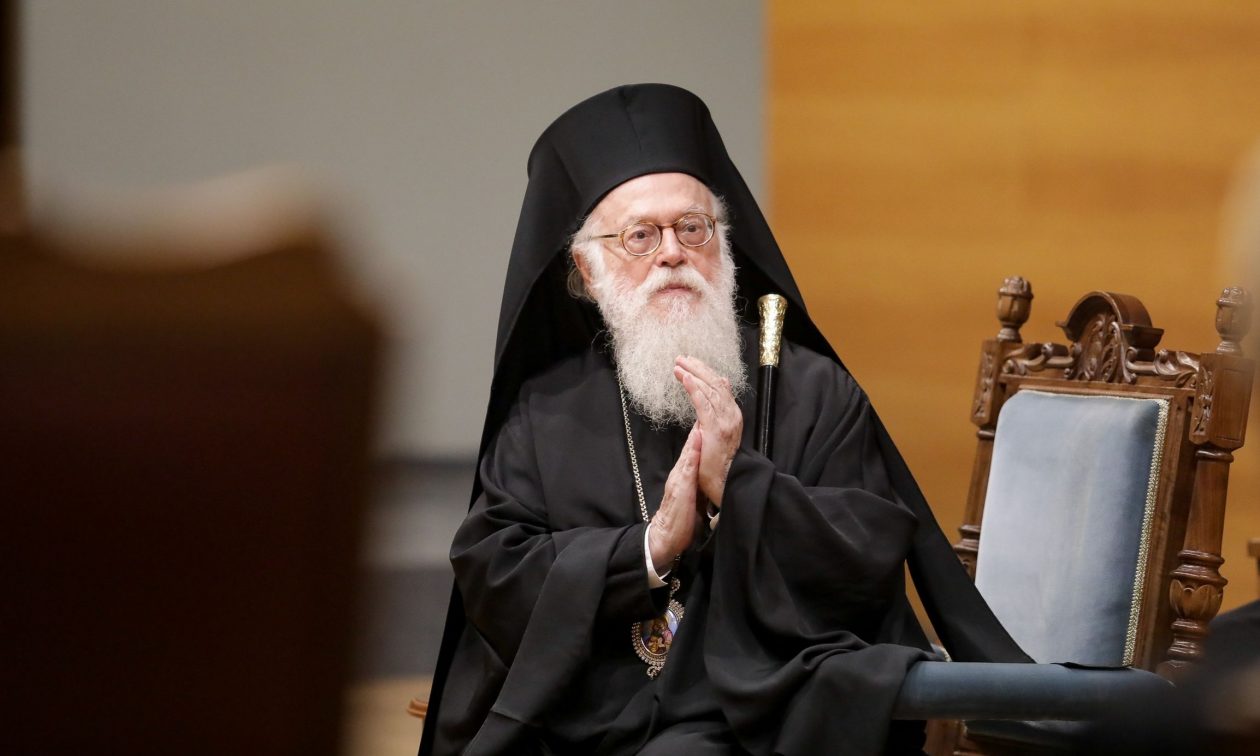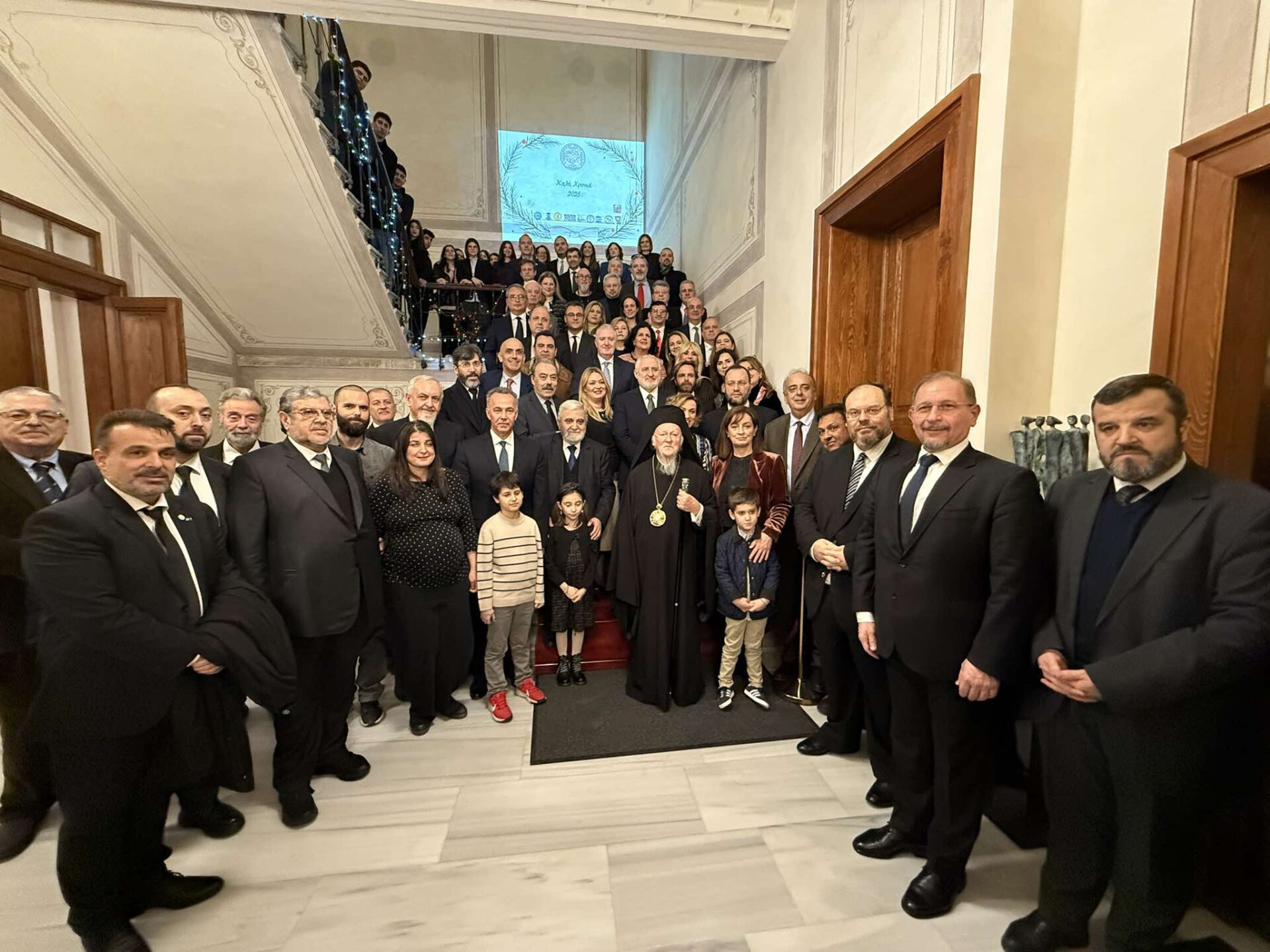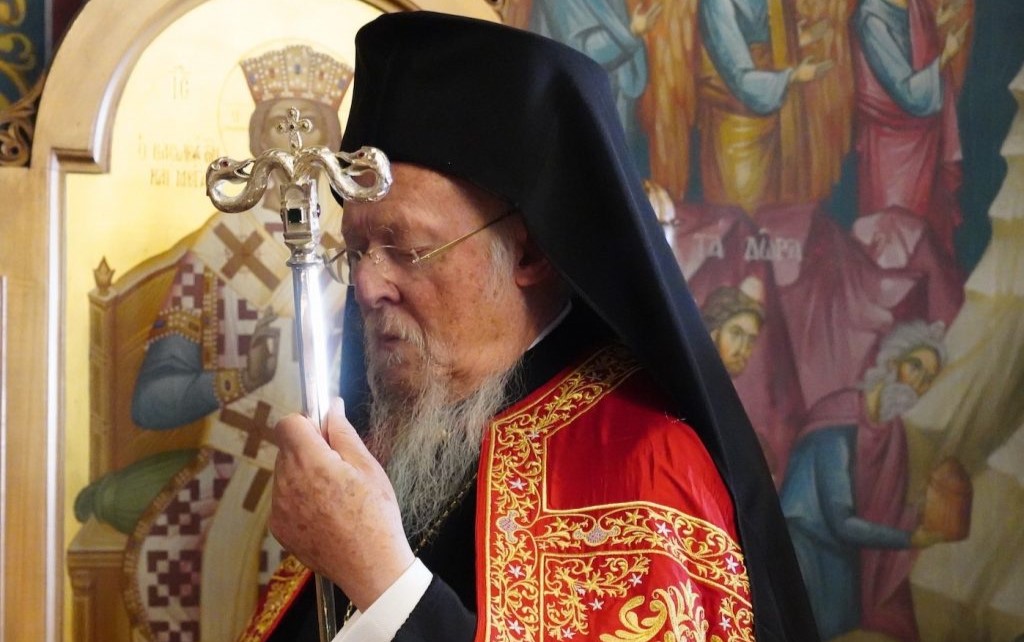Saint Mary of Egypt (1 April)


When Mary was only twelve years old, she left her parents and departed to Alexandria, where she lived a depraved life for seventeen years. Then, moved by curiosity, she went with many pilgrims to Jerusalem, that she might see the Exaltation of the venerable Cross. Even in the Holy City she gave herself over to every kind of licentiousness and drew many into the depth of perdition.
Desiring to go into the church on the day of the Exaltation of the Cross, time and again she perceived a certain invisible power preventing her entrance, whereas the multitude of people about her entered unhindered.
Therefore, wounded in heart by this, she decided to change her way of life and reconcile herself to God by means of repentance. Invoking our Lady the Theotokos as her protectress, she asked her to open the way for her to worship the Cross, and vowed that she would renounce the world. And thus, returning once again to the church, she entered easily. When she had worshipped the precious Wood, she departed that same day from Jerusalem and passed over the Jordan. She went into the inner wilderness and for forty-seven years lived a most harsh manner of life, surpassing human strength; alone, she prayed to God alone.
Toward the end of her life, she met a certain hermit named Zosimas, and she related to him her life from the beginning. She requested of him to bring her the immaculate Mysteries that she might partake of them. According to her request, he did this the following year on Holy and Great Thursday. One year after this, Zosimas again went thither and found her dead, laid upon the ground, and letters written in the sand near her which said: “Abba Zosimas, bury here the body of wretched Mary.
I died on the very day I partook of the immaculate Mysteries. Pray for me.” Her death is reckoned by some to have taken place in 378, by some, in 437, and by others, in 522. She is commemorated also on the Fifth Sunday of Great Lent. Her life was recorded by Saint Sophronius of Jerusalem.
The biography of this wonderful saint was written by St. Sophronius, the Patriarch of Jerusalem. Once, during Great Lent, a certain priest-monk (heiromonk), the Elder Zosimas, withdrew into the wilderness beyond the Jordan, a twenty-day trek. Suddenly, he caught sight of a human being with a withered and naked body, whose hair was as white as snow, and who fled from Zosimas’s sight.
The elder ran for a long while, until this person stopped at a brook and cried out: “Abba Zosimas, forgive me for the sake of the Lord. I cannot face you, for I am a naked woman.” Zosimus then threw his outer garment to her, which she wrapped around herself, and then she showed herself to him. The elder was frightened upon hearing his name spoken from the mouth of this woman whom he did not know. Following his prolonged insistence, the woman related her life’s story. She was born in Egypt, and at the age of twelve began to live a life of debauchery in Alexandria, where she spent seventeen years in this perverted way of life.
Driven by the adulterous flame of the flesh, she one day boarded a boat which was sailing for Jerusalem. Arriving at the Holy City, she wanted to enter the church in order to venerate the Honorable Cross, but some invisible force restrained her, preventing her from entering the church. In great fear, she gazed upon the icon of the All-holy Mother of God in the narthex (vestibule) and prayed that she be allowed to enter the church to venerate the Honorable Cross, all the while confessing her sinfulness and uncleanness, and promising that she would go wherever the All-pure One would direct her. She was then permitted to enter the church.
Having venerated the Cross, she went back to the narthex and, before the icon, gave thanks to the Mother of God. At that very moment she heard a voice saying: “If you cross over Jordan you will find true peace!” Immediately she purchased three loaves of bread and started out for the Jordan, arriving there that same evening. The next day she received Holy Communion in the Monastery of St. John and crossed over the Jordan River. She remained in the wilderness for forty-eight years in great torment and fear, struggling with passionate thoughts as though with wild beasts. She ate vegetation.
After she finished her narrative, when she stood for prayer, Zosimas saw her levitate in the air. She begged him to bring her Holy Communion the following year on the shore of the Jordan, where she would then come to receive it. The following year Zosimas arrived with Holy Communion on the shore of the Jordan in the evening. He wondered how the saint would cross the Jordan. Then, in the light of the moon, he saw her approach the river, make the sign of the Cross over it and walk upon the water as though upon dry land.
After Zosimas communed her, she begged him to come the following year to the same brook where they had first met. Zosimas came and discovered her lifeless body on that spot. Above her head in the sand was written: “Abba Zosimas, bury the body of the humble Mary on this site; render dust to dust. I died on April 1, the same night of the saving suffering of Christ, after having received Communion of the Divine Mysteries.” From this inscription Zosimas first learned her name and the other and awesome miracle–that the previous year, when she received Holy Communion, she arrived that same night at this brook, which took him twenty days to reach.
Thus, Zosimas buried the body of this wonderful saint, Mary of Egypt. When he returned to the monastery, Zosimas related the entire story of her life and the miracles which he had personally witnessed. Thus the Lord knows how to glorify penitent sinners. St. Mary is also commemorated on the Fifth Sunday of Great Lent. The Church holds her up as an example to the faithful during these days of the Fast as a model of repentance. She reposed in about the year 530 A.D.
Apolytikion of Mary of Egypt
Plagal of the Fourth Tone
The image of God, was faithfully preserved in you, O Mother. For you took up the Cross and followed Christ. By Your actions you taught us to look beyond the flesh for it passes, rather to be concerned about the soul which is immortal. Wherefore, O Holy Mary, your soul rejoices with the angels.





